
Every business looking to tap the finest of domain driven design to get the best from their software development endeavor, needs to have something stable and confirmative to be referred to in architecture styling pattern for development.
In that reference, CQRS (Command Query Responsibility Segregation) has come out as one of the eminent software architecture patterns to help businesses build logic layers effectively addressing their information processing requirements and functional engineering needs referring to their domain model.
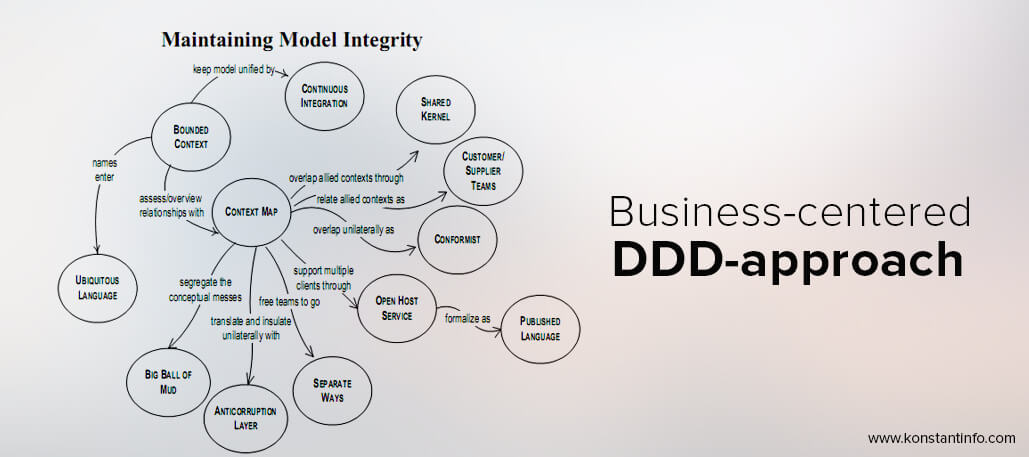
The popularity of this architecture has been pervasive across different business logics and modules due to its business-first approach to address to different planning and execution level issues. In this perceptible attempt to remain relevant to modern business web needs, it splits apart the logics of two different types of tasks, permitting codes to be written using explicit objects – effectively contributing to the business-centered DDD-approach. Further, as a leading business-oriented web solution it allows different departments and individuals to connect through a common language allowing them to share efforts, manage tasks and refer to reports in a seamless coordination with different team members.
CQRS is divided into two independent components, the querying part (View model) and the commanding part (Write model), which allows it to keep both read and write operations separate to effectively process business rules to facilitate large and complex queries and actions.
This allows CQRS as a software architecture pattern to keep the act of handling user queries separate from the processing part that considers a more vital set of operations (including validation, sequencing, messaging, information rendering and business rules processing). This allows the whole process of going about it a lot more sorted and organized – to help you with an intelligent software design, which is highly functional and commanding in its way of offering you resourceful automation and computation supplies.
Allowing you with the easiest of ways to commit to business-driven development, communication and testing, CQRS lets you make most of performance, scalability and efficiency through your software program. As one ubiquitous language is used to address all parties involved, it becomes sheer easy for them to work in close coordination with each other referring to different common set of practices and protocols. Further, with component-wise optimization, scalability and resource utilization, the architecture allows you to process tasks effortlessly and efficiently. This ensures prompt response to query processing and minimum reply time in addressing requests – all in a great correspondence with business processes.
Each fraction-of-second delay in query response time may cost you thousands of chips in the lost opportunities. That simply means that if you don’t commit to a solution that effectively responds to any part of your application tier loaded with complex business logics and technical intricacies, you will be losing big on performance. To deal with it right you must refer to high standards of sustainability and performance – and the response mechanism offered by Command Query Responsibility Segregation architecture makes your application do it with ease.
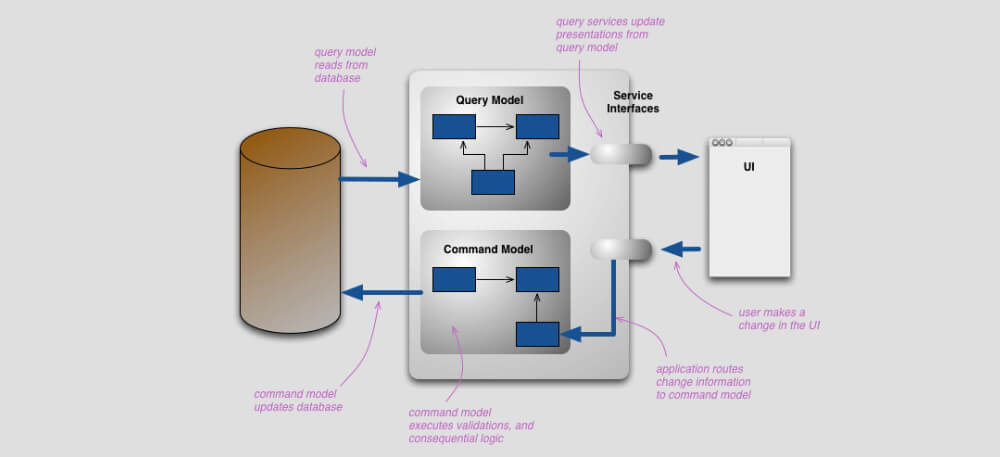
CQRS lets conceptual models split into different simplified models in a system and establishes easy communication between the system, resources and users. This helps you extensively with update and display of information. This process refers to Command Query Separation, which helps in rationalizing queries referring to commands allowing the user inputs, data resources and process components to collaborate with the facility they need to work within, adapting to different domain needs differently.
This way CQRS lets different domains to be served with differently designed concepts and conforming integration points to avoid the complexities that arise due to the use of same conceptual model for different domains. This has made things for business from different industries a lot easy and effective. As now different domains are served with adaptable and exclusively designed solutions to precisely serve their evolved needs. Which makes CQRS be at the core of new-age enterprise web development.
CQRS is most needed when your application needs to interactively respond to different user queries by resourcefully segregating business logic layers, optimizing the communication with users and processing the request as per user needs.
Taking a scenario, if you have an ecommerce store then you would have to serve your users by interacting with them at different levels in various ways, establishing a series of communication. This may start by letting them pick their product and initiating the order – by allowing them to enter the buy command. Once this is done, the system would check for the availability of the product and process the query further. Now, typically the user is asked to fill a form with details on name, shipping address, billing information etc. These details are validated and authenticated by the system and user is taken to the payment and checkout vent.
This process works both internally and externally, as it allows users to interact with the system and place order while allowing providers to update and maintain their details and manage the work internally with each order, sale, and payment taking place.Now this interaction and collaboration of different resources and actionable entities with data allows use/modification/facilitation of different roles and activities in the system. Here, Command Query Responsibility Segregation makes the system more capable of handling dynamic data supplies and processing them with great efficacy through Domain Driven Design. In this process, CQRS breaks the whole communication into easy queries, fluid navigation order and interactive communication resources that follow a system-compliant software architecture pattern to process and facilitate solutions.
Also read: How Much Does an Enterprise App Cost?
Besides the core factors, there are many other reasons that make The CQRS pattern to be widely acclaimed and acknowledged by experts for Domain Driven Design. Its architectural scope includes different aspects of application management ranging from allowing you to flexibly deal with staffing options, serving open-ended tech stack options to offering you a lower cost of ownership of the application. With all these features on board, CQRS comes with great possibilities to help you with effective management and control of enterprise web development, comprehensively addressing all aspects of your new-age web application needs – making great sense to your business every way!
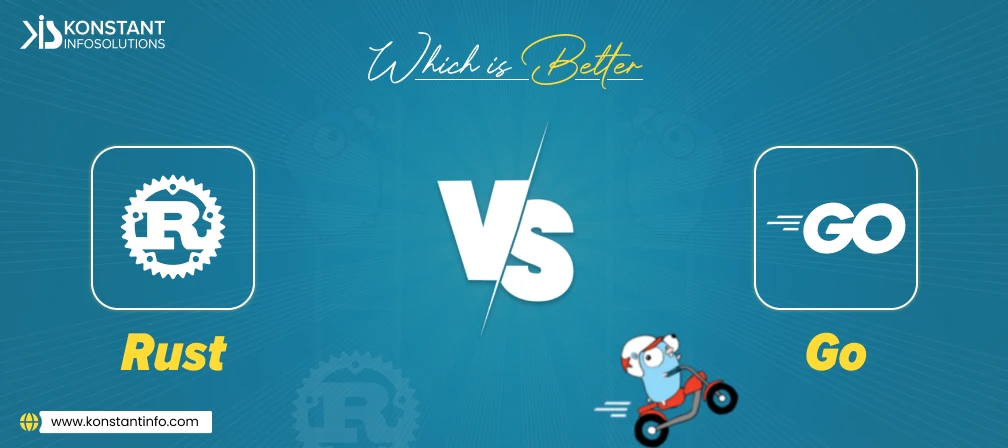
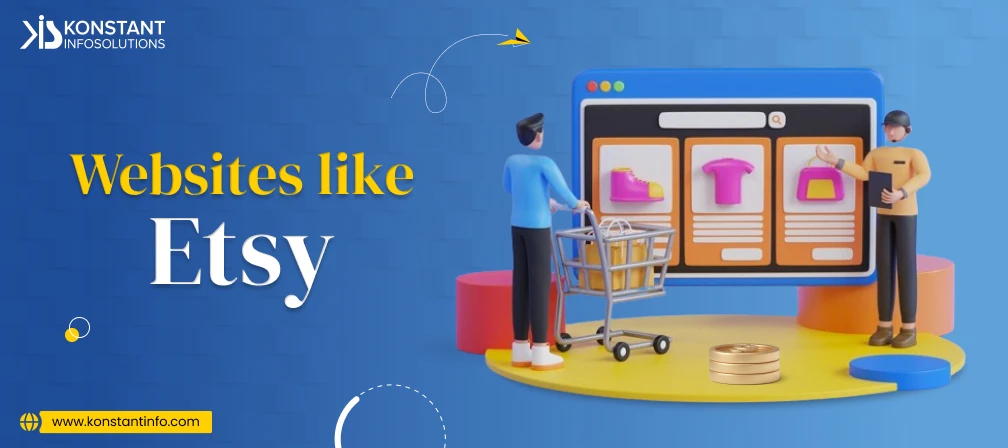
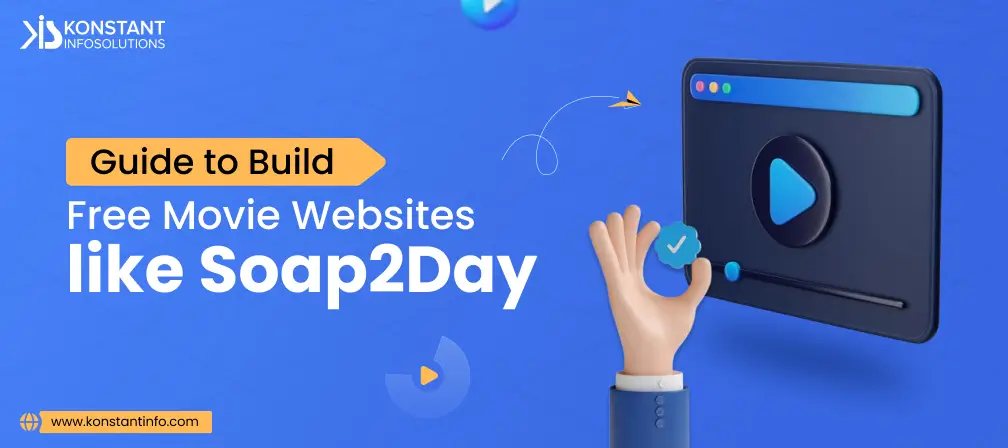
A marketing graduate, a deemed strategist, a sure geek - Tushar is a fine blender of the art and science of writing. When it comes to tune up content with commerce, he knows the trick. For him, if words don’t make you think and beat, they are not worth your time. A crazy foodie, an unfailing jogger – that’s him off the desk!
Or send us an email at: [email protected]